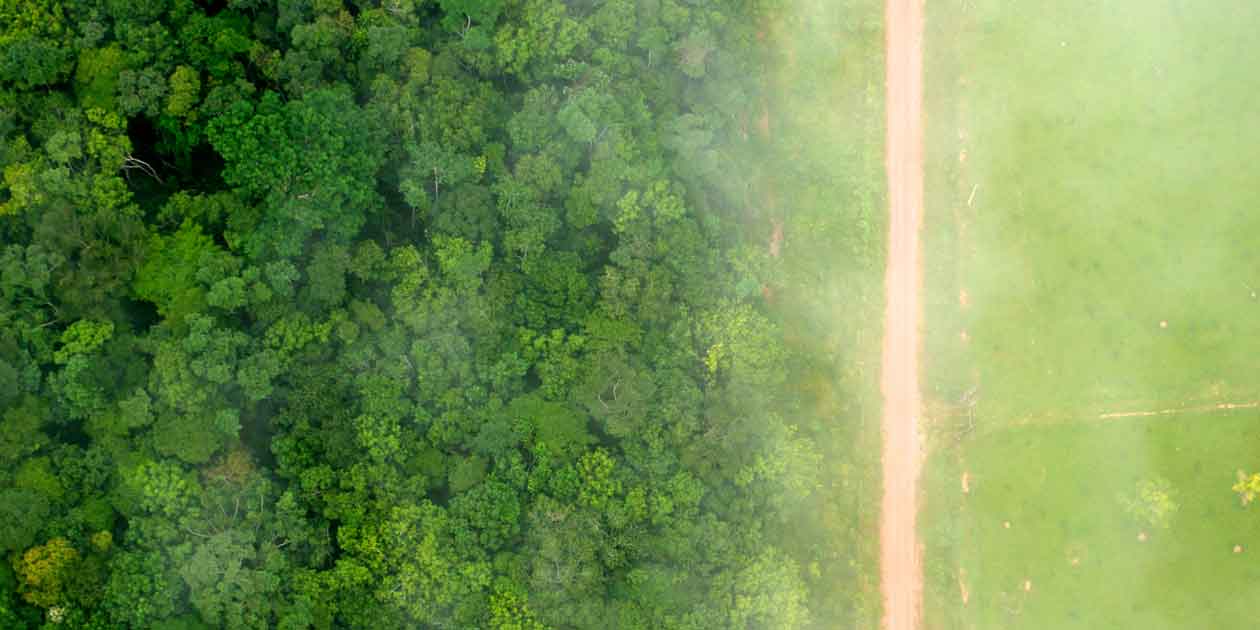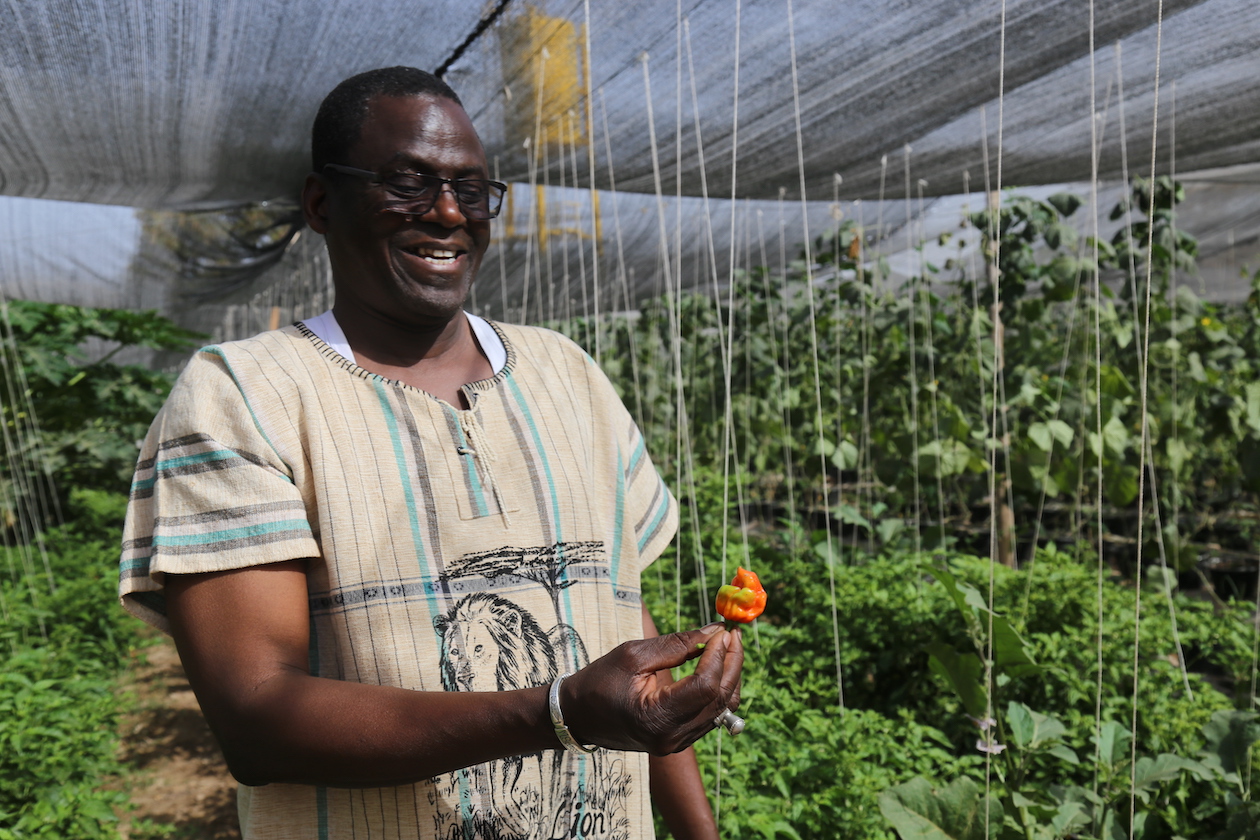Agriculture, Climate, and Environment
Improving resource allocation and evaluating program impacts
Overview
AidData is a pioneer in using new technologies, big data, satellite imagery, and counterfactual research methods to better understand the environmental impacts and cost-effectiveness of development programs. Our partners regularly use this information to inform their future investments.
AidData researchers and collaborators have published over a dozen geospatial impact evaluations (GIEs) of programs focused on agriculture, climate adaptation, infrastructure, and conservation around the world. Our interdisciplinary team has specialized expertise in GIS, survey methods, remote sensing, and machine learning, as well as substantive expertise in economic development, conservation, climate change, land rights, natural resource management, and local governance.
GeoField: How can we better leverage Earth Observation for impact evaluations of climate-sensitive agriculture?
Bringing together experts in agriculture, climate, data and development
AidData is leading a team of partners that has won a $4.74-million, four-year investment from The Bill & Melinda Gates Foundation for a project to spur the use of Earth Observation in how we study climate-sensitive agriculture across developing country geographies.
GeoField.org represents a new effort by three organizations (AidData, DevGlobal Partners, and Mercy Corps) to bridge the gaps between three specializations: climate sensitive-agriculture, Earth Observation, and development program impact evaluations. Our goal is to help aid organizations invest and measure impact in climate adaptation and agriculture programs by improving access to methods and resources that translate direct observations of long-term climate and land use changes into program-ready insights.
Blog: AidData and partners hold conference on climate-sensitive agriculture at the UN's FAO in Rome

Case Study: How well did a global portfolio of projects work to combat land degradation?
Collaborating with the GEF, the world's largest public funder of environmental projects

A bird's eye view of the stark contrast between the forest and agricultural landscapes near Rio Branco, Acre, Brazil. Photo by Kate Evans for Center for International Forestry Research (CIFOR), licensed under (CC BY-NC 2.0).
The Global Environment Facility (GEF) needed to answer a critical question: where were their efforts to fight land degradation succeeding—and why? AidData collaborated with the GEF's Independent Evaluation Office to conduct a rigorous study of their projects to slow, halt, and reverse land degradation. We quantified where and how the health of forests in areas with GEF projects had increased dramatically. By training algorithms to analyze high-resolution satellite data, we found that GEF projects increased both the number of trees in forests and the number of leaves on those trees. We also found that the average GEF project, which costs $4.2 million, sequesters around $7.5 million worth of carbon—a real return on investment for the environment. This study, a first of its kind, was published for the 51st GEF Council Meeting and helped inform the GEF’s future work.
Blog: Using machine learning to combat environmental degradation on a global scale
Case Study: Do environmental safeguards for development projects help protect biodiversity?
Examining the impact of the World Bank's safety measures on forest habitats
In a first-of-its-kind study, a team of researchers from AidData, The University of Texas at Austin, the Royal Society for the Protection of Birds, and BirdLife International analyzed how forest cover and biodiversity levels in hundreds of Important Bird and Biodiversity Areas (IBAs) changed over time in response to nearby World Bank development projects. The results are encouraging: projects subjected to the Bank’s most stringent environmental safeguards showed no evidence of damaging local ecosystems. Where environmental risks were identified and mitigated at the project preparation stage, World Bank projects were even associated with a reduction in deforestation in nearby areas. The study is an important validation that establishing strong environmental safeguards can help developing countries protect their forests and wildlife, while achieving human development.
Blog: Good news for rare birds: Development projects that don’t harm the environment

Sirocco the kākāpō among renga lilies on Maud Island, New Zealand. Photo by Chris Birmingham for New Zealand Department of Conservation via Flickr, licensed under (CC-BY-2.0).
Case Study: Can developing countries accept Chinese-financed infrastructure without sacrificing their forests?
A closer look at the forest versus the trees

Map of forest loss in Southeast Asia compared to Chinese infrastructure projects.
The scale and scope of China's overseas infrastructure activities now rival or exceed that the largest traditional donors and lenders. From 2000 to 2014, China provided over $350 billion in official finance for development, with much of that going towards infrastructure, according to AidData's research. Teaming up with the MacArthur Foundation, AidData used a novel dataset to measure the impacts of these Chinese-funded infrastructure projects on forest health in three of the world’s most ecologically sensitive regions: the Tropical Andes, the Great Lakes region of Africa, and the Mekong Delta. The resulting study highlights the crucial role that domestic environmental governance plays in protecting forests: forest loss actually slowed in areas with strong protection regimes in place. But these effects reversed, and forest loss increased, in countries where forests were not adequately protected by host governments.
Blog: Chinese-funded infrastructure in endangered forests: What is the data telling us?
Featured Blog Posts
Featured Publications
For partnership and media inquiries, contact:

Alex Wooley
Director of Partnerships and Communications












